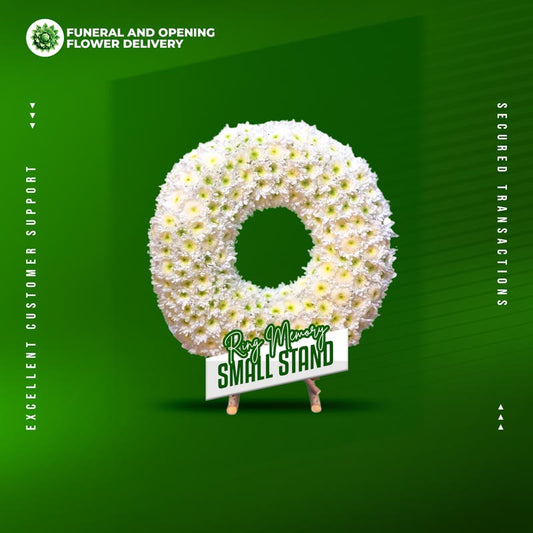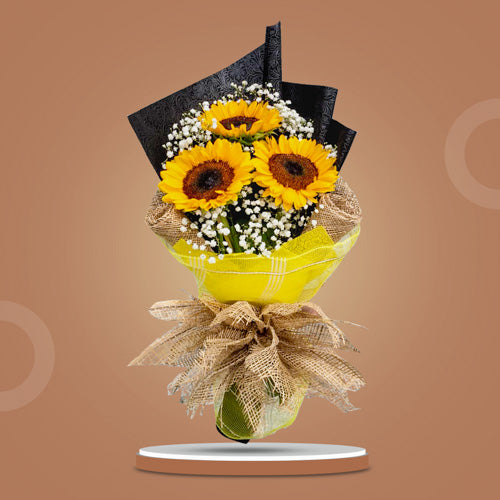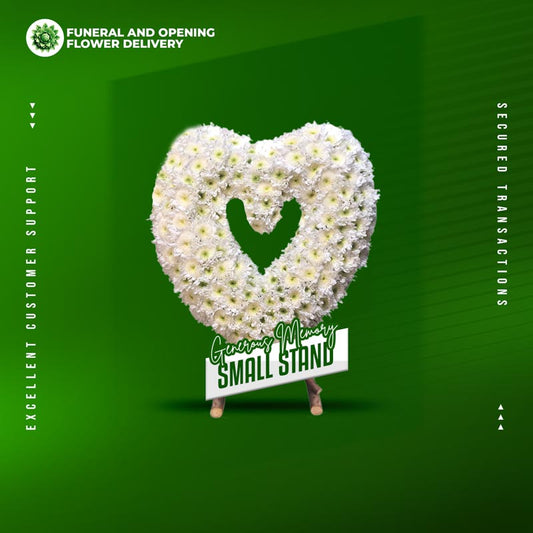A Brief History of Lisianthus: Unveiling the Enchanting Beauty From Its History to Symbolism
The popularity of the Lisianthus flower is experiencing a constant upward trend. Its exquisite appearance, whether in single varieties or the versatile double Lisianthus known as the 'Rose Without Thorns,' captivates consumers. The wide assortment also includes fringed and ruffled special types, ensuring a suitable Lisianthus for every occasion. Whether displayed as stunning mono-vases or incorporated into mixed bouquets, the possibilities for showcasing the beauty of Lisianthus are endless. Its fine and elegant charm continues to enthrall flower enthusiasts and offers endless creative options for floral arrangements.
The History of Lisianthus
Lisianthus, originally discovered growing wild in North America and Mexico, thrives in natural habitats such as prairies and riverbeds. The cultivated version, scientifically known as Eustoma russellianum, has been in existence since the 1930s and is a direct descendant of the American 'prairie gentian.'
In the Netherlands, both single-flowered and double-flowered varieties of Lisianthus are carefully cultivated. The diverse range of beautiful varieties continues to expand, with new additions entering the market each year. This ensures that there is a wide selection of stunning Lisianthus options available to meet various preferences and floral design needs.
Lisianthus, also known as eustoma, belongs to the Gentianaceae family and comprises three species: Eustoma exaltatum, Eustoma barkleyi, and Eustoma russellianum. This small genus of flowers is characterized by their annual growth habit. Typically, lisianthus plants reach a height of approximately 15–60 cm, although there may be some variations within the species in terms of their size and stature.
Lisianthus Symbolism
The gypsophila flower earned its name due to its affinity for growing in gypsum soil. Often used as an ornamental flower, baby's breath has gained popularity in wedding bouquets and centerpieces, becoming a symbolic representation of love and affection. Its pristine white petals are associated with the purity of marriage and the innocence of children, making it a common gift for expecting mothers. Beyond romantic love, baby's breath is also linked to devotion in various relationships, including family, friendships, and romantic partnerships. In Christian symbolism, this delicate flower is believed to embody the strength of the Holy Spirit.
Baby's breath flowers offer a diverse range of colors, each carrying profound symbolism. The white variation is closely associated with unity and spirituality, evoking a sense of harmony. Blue baby's breath signifies honesty and respect, reflecting its genuine and honorable nature. Orange baby's breath is a representation of positivity and joy, spreading vibrant and uplifting emotions. Red baby's breath symbolizes passionate romance and deep love, expressing intense emotions. The pink variety embodies a gentle and delicate spirit, while purple baby's breath is connected to notions of nobility and beauty, evoking a sense of regal elegance.
Fun Facts About Lisianthus
Here are the facts about Lisianthus:
- Eustoma grandiflorum was previously known as Lisianthus russellianus.
- Single blooms of lisianthus bear resemblance to tulips or poppies.
- Double blooms of lisianthus have a striking similarity to roses or peonies.
- Lisianthus is recognized as the birth flower for Sagittarius.
- Due to the pronunciation challenge, lisianthus is often referred to as "Lizzies."
- One of its close relatives is the Persian violet.
- The term "Eustoma" derives from Latin and translates to "good mouth," referring to the beautiful petals of the flower. "Grandiflora" means "large flowers," highlighting the wide blooms of the lisianthus.
- Lisianthus exhibits geotropism, meaning that if the flowers are placed or planted horizontally, they will naturally curl upwards toward the sky as they grow.
- Lisianthus is non-toxic to both humans and animals.
- Lisianthus is sometimes referred to as the "Poor Man's Rose" due to its resemblance to roses while being more affordable.



